Eevie left a reply to a comment I left on her class blog. She shared history can be hard to understand. I suggested using our imagination to picture events in history. I also suggested drawings and pictures can help us better understand.
At present I am involved in the long task of scanning 35mm slides, negatives and photos into my computer. I thought I would share some of my "windows into history" and what I know about them. Let's go back in history...
The Year: 1998
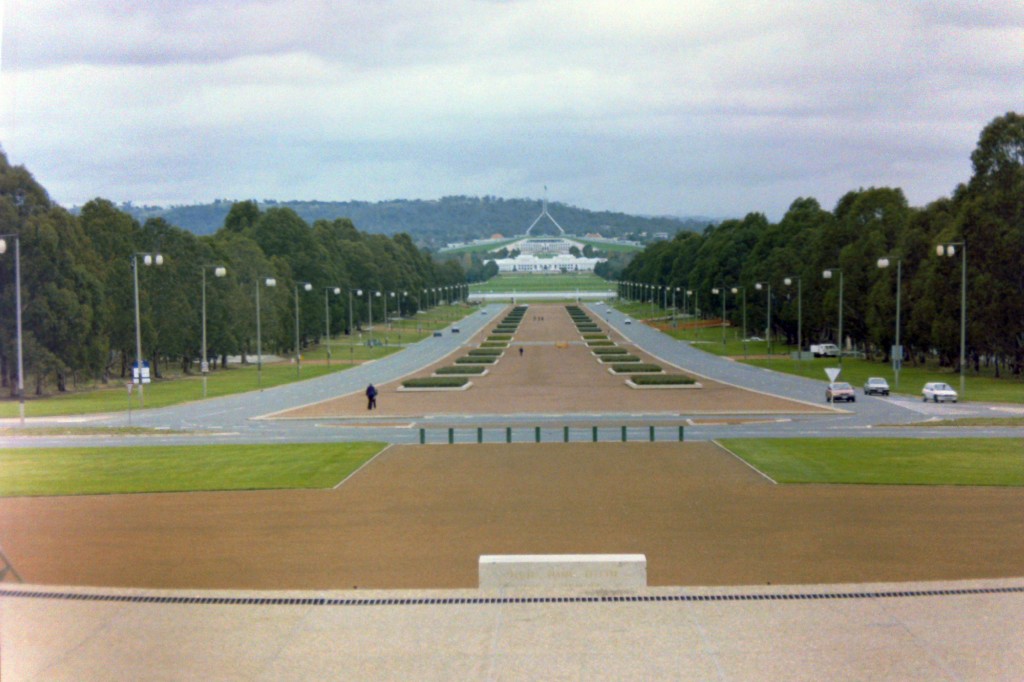
Schools and students have permission to use this graphic for non-commercial, educational purposes.
We are looking south along ANZAC Parade. I am on the stairs leading to the Australian Way Memorial. In the distance we see the white Old Parliament House and behind it is the new Parliament House. In 1998, John Howard was Prime Minister (1996-2007). The scene today is still much the same but what happens if we look at an older photo from 1984, fifteen years earlier...
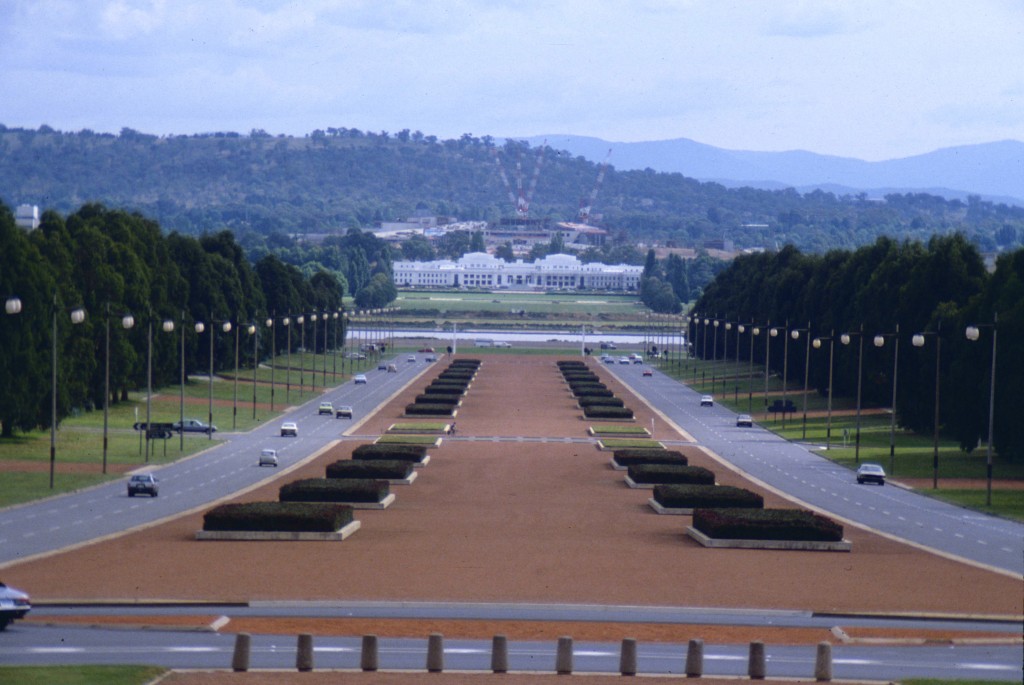
Schools and students have permission to use this graphic for non-commercial, educational purposes.
The scene looks almost the same but, if you look carefully, you can see the new Parliament House is being built. The photos show me the new Parliament House was being built in the 1980s but was open by the 1990s. When Australia became a nation back in 1901, Canberra was sheep grazing country. Can you imagine the above photos without the lake, roads and buildings when sheep were grazing on the grass?
In 1984, Bob Hawke was Prime Minister (1983-1991). It was during the time of Bob Hawke most Australians celebrated the bicentenary (200th) anniversary of the first settlement of Europeans in Australia in Sydney. Part of the celebrations involved ships from around the world re-enacting the First Fleet journey with convicts to Australia.
The year: 1987. Prime Minister Bob Hawke visited the First Fleet ships in Hobart, Tasmania.
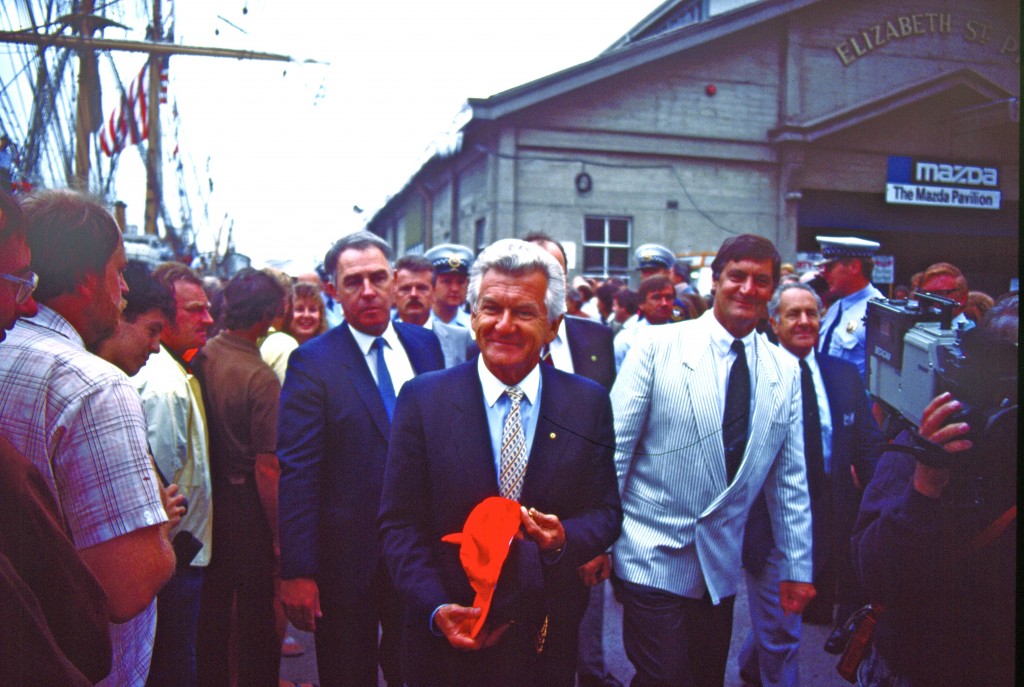
Schools and students have permission to use this graphic for non-commercial, educational purposes.
In January, 1988, the First Fleet re-enactment fleet arrived in Sydney Harbour and was greeted by thousands of people lining the harbour's shores for Australia Day (January 26).
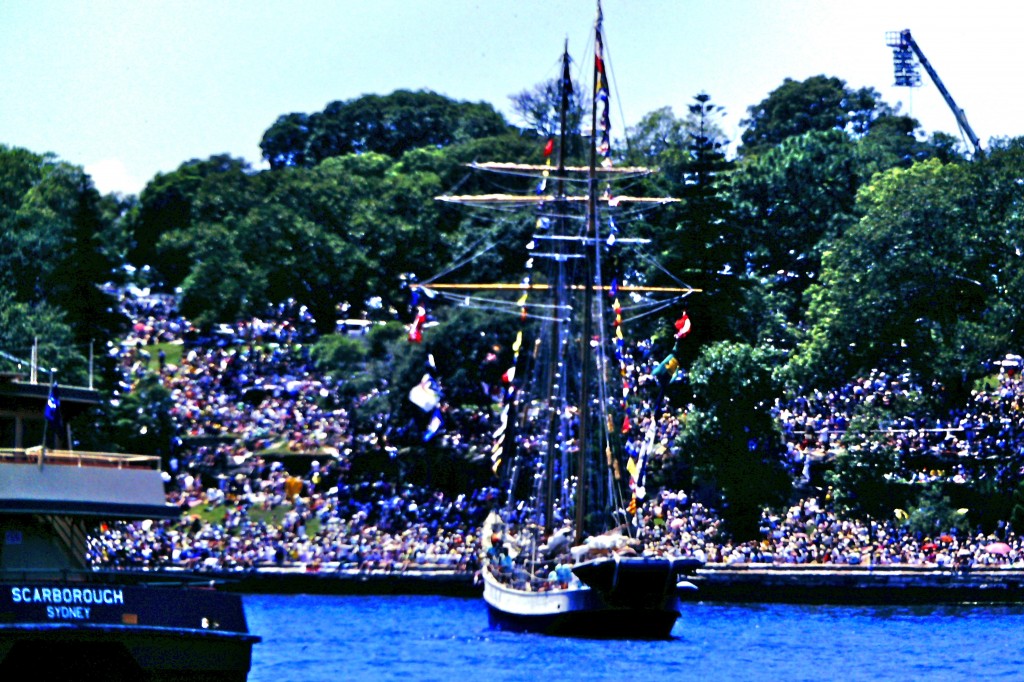
Schools and students have permission to use this graphic for non-commercial, educational purposes.
Can you imagine what it might have been like for the convicts and soldiers arriving on the First Fleet back in 1788?
How do you think the Aboriginal people living around the harbour back then might have felt seeing the ships arrive?
You have probably heard about the voyages of Captain Cook and how, back in 1770, he was the first European known to have sailed along the east coast of Australia. There were drawings back then but cameras hadn't been invented. Look at the photo below. I would love to be able to say I could travel back in time to see the Endeavour sailing along our coast in 1770 but this photo was taken in 2012. It is a replica of Cook's Endeavour. Young people today can experience being part of the crew aboard this sailing ship. As well as photos and drawings, there are places we can visit to experience history. Perhaps you have visited Ballarat's Sovereign Hill? I will soon be scanning some slides taken there in 1984.
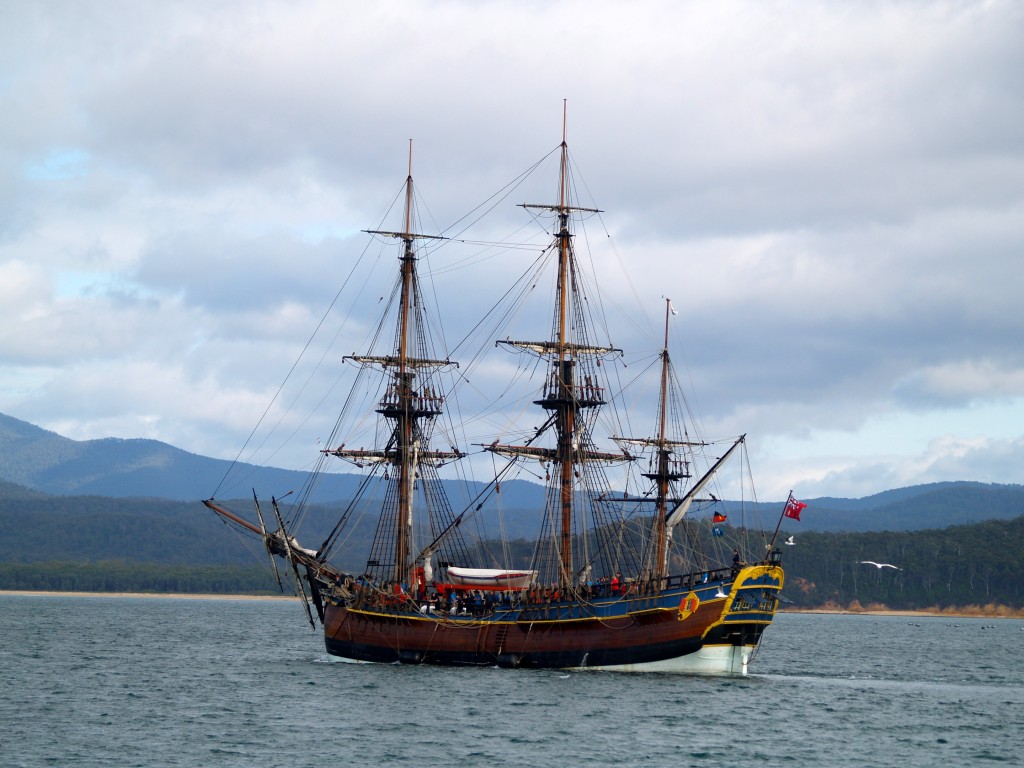
Schools and students have permission to use this graphic for non-commercial, educational purposes.
What do you think it was like to be a sailor on the Endeavour? If you are interested, the link below will take you to another of my blogs where you can see more photos and some video of the Endeavour replica when it visited Twofold Bay at Eden in N.S.W. in May, 2012.
What was Sydney like early in its history? There weren't any cameras to take photos back when the First Fleet arrived in 1788 but there were drawings made of the early settlement. Using these drawings, the early 1980s saw the building of Old Sydney Town set in the early 1800s. Children could visit Old Sydney Town to see what Sydney was like nearly 200 years ago. Old Sydney Town was living history...
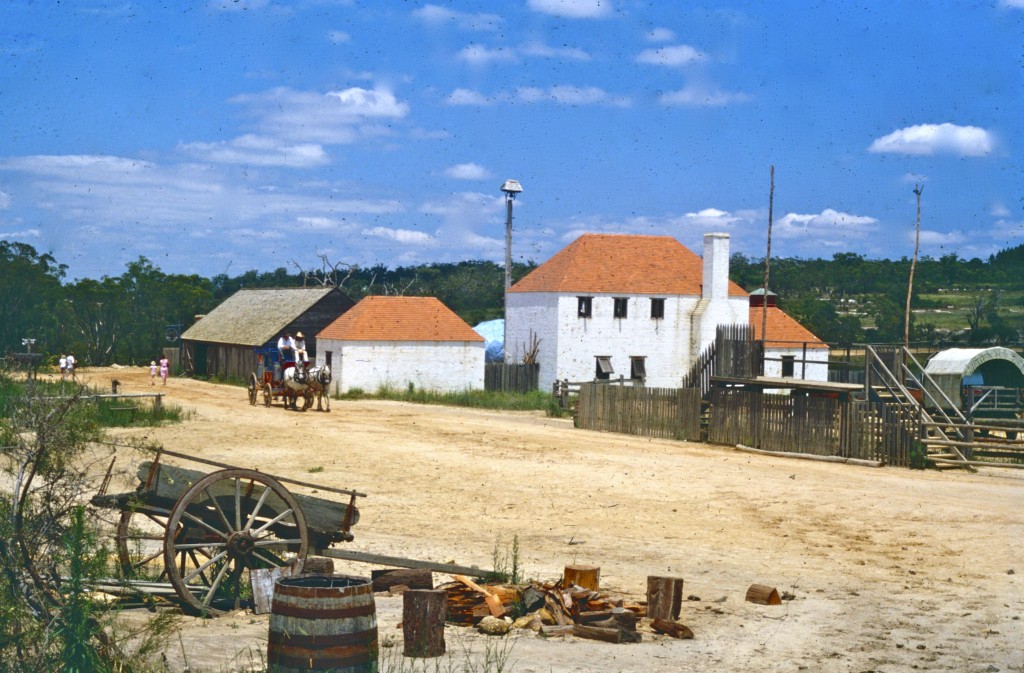
Schools and students have permission to use this graphic for non-commercial, educational purposes.
Can you imagine what it might have been like to be a child living in Sydney back in the early 1800s?
What about the Aboriginal people who lived around the new settlement way back then? Much of the culture of the original people of the Sydney region has been lost but there are still reminders of their history. In 1991, I visited an area of Sydney's Royal National Park in order to photograph rock carvings left by the original people of Sydney. They will eventually be lost to erosion but my photos have kept a window to the past open. Can you see what animal is shown in the carving?
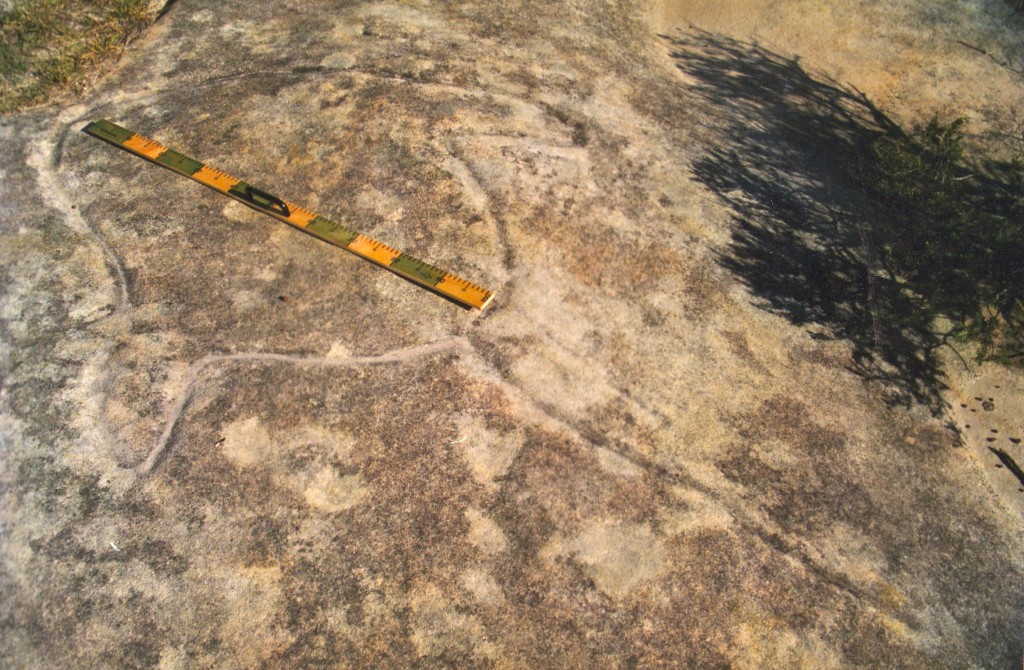
Schools and students have permission to use this graphic for non-commercial, educational purposes.
Did you guess a stingray?
Photos can also give us more direct glimpses into the past. The photo below was taken in 1987 and shows the gravestone of Mary Agnes Hurley who died in 1871 at Hill End, N.S.W. when she was 25 years old. Do you think she might have been married and have had children?
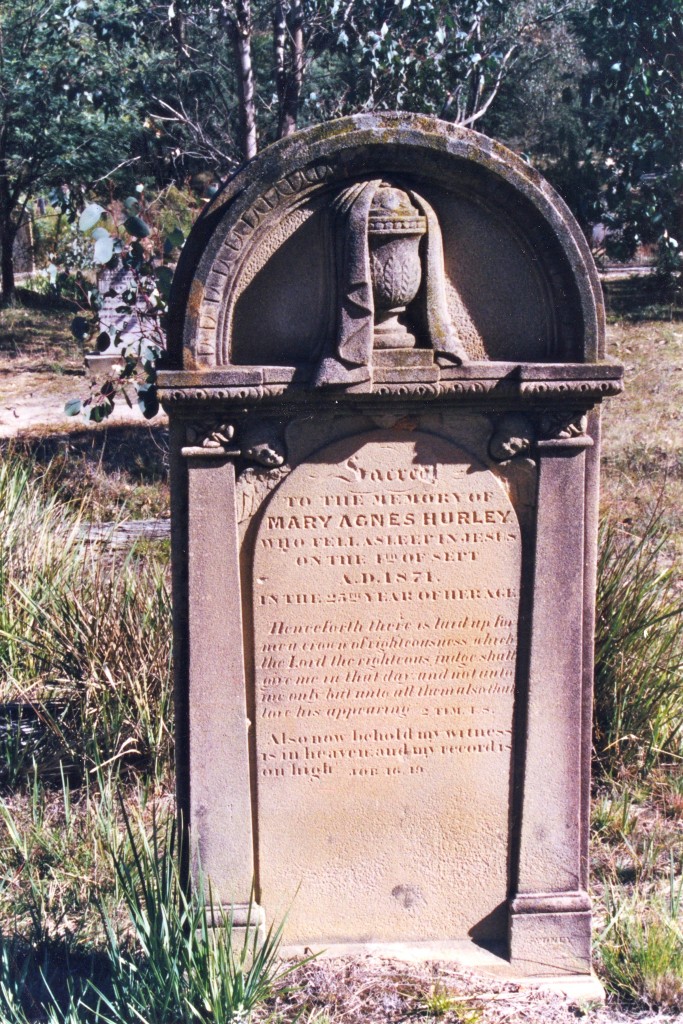
Schools and students have permission to use this graphic for non-commercial, educational purposes.
Old photos and drawings can let us better know people from the past. Let's go back to 1940 for the photo below. It shows a signaller soldier, my father, when he was 21. With the outbreak of World War II, he joined the army and was sent to Singapore. With the fall of Singapore to the Japanese in 1942, he spent the remainder of the war as a prisoner of war. Without photos, I would never have seen him as a young man.
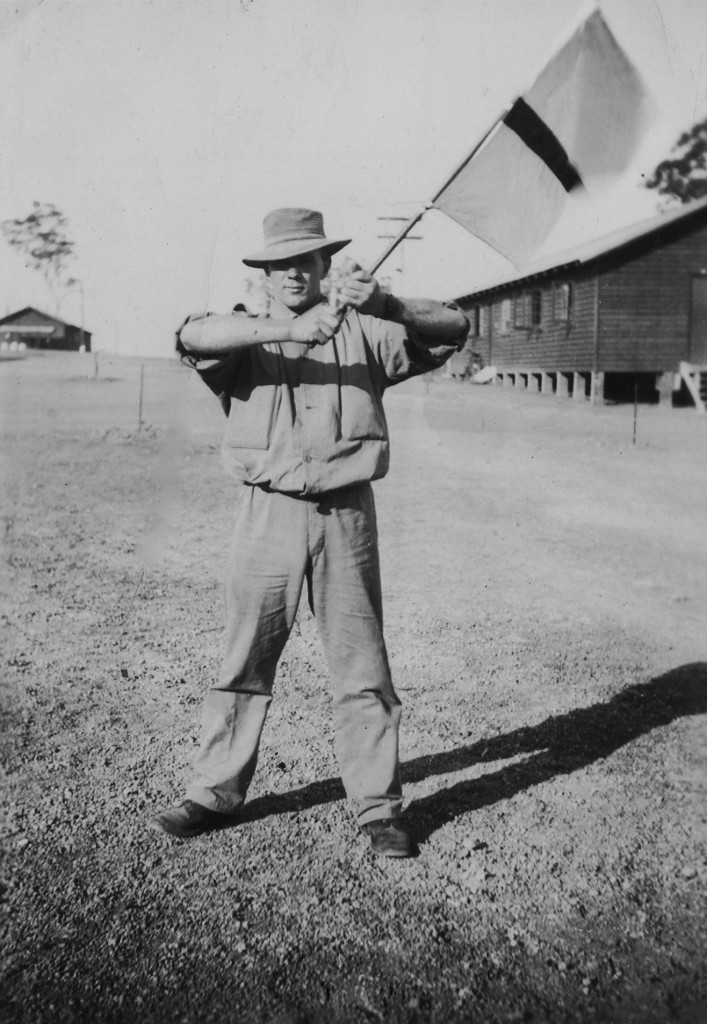
Schools and students have permission to use this graphic for non-commercial, educational purposes.
Going back to 1915 and the First World War, I have the photo below...

Schools and students have permission to use this graphic for non-commercial, educational purposes.
I never knew or met this young man from the past yet he is my Great Uncle Ernie (my father's uncle). He went to fight in France and never returned.
History can seem hard to understand but using our imaginations and what we can learn by reading, visiting historical sites, seeing replicas or dioramas, watching videos or looking at photos and graphics from the past, history can become alive.










